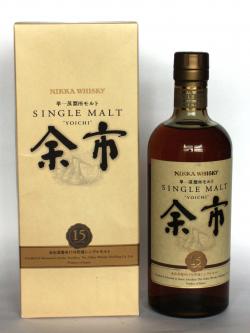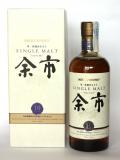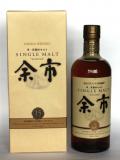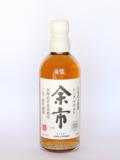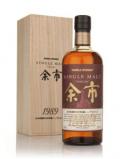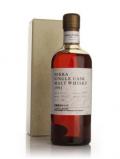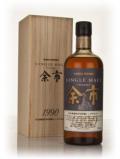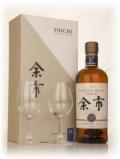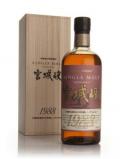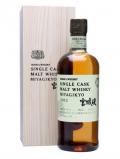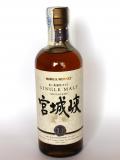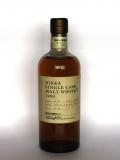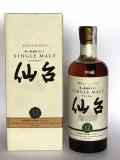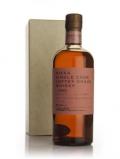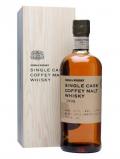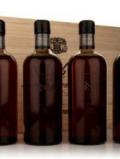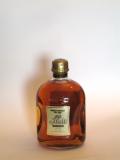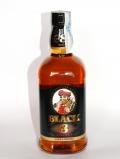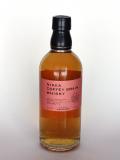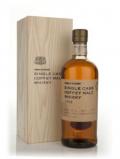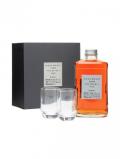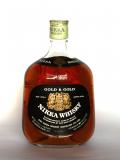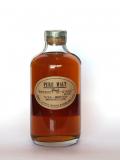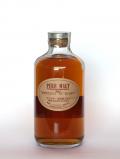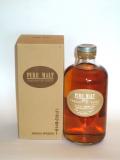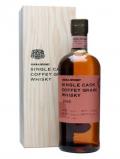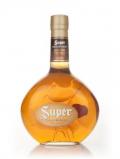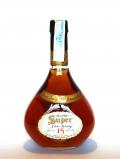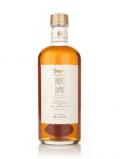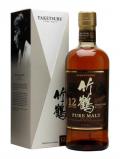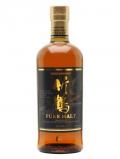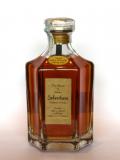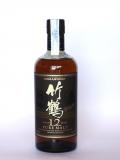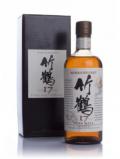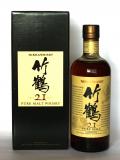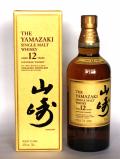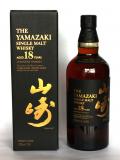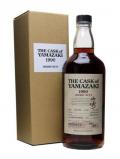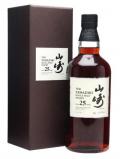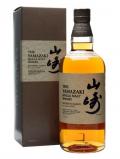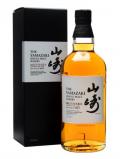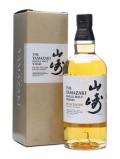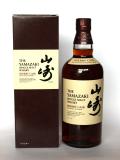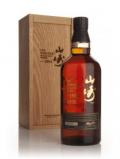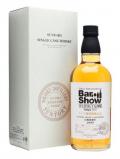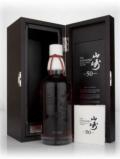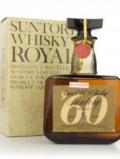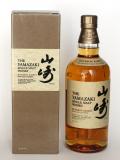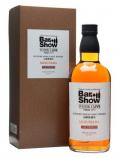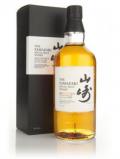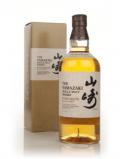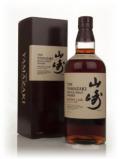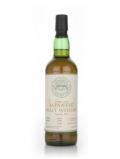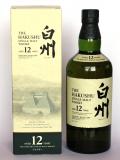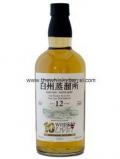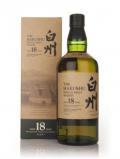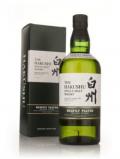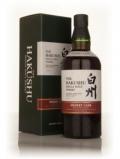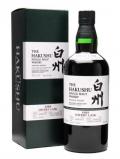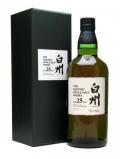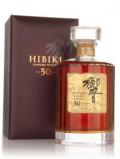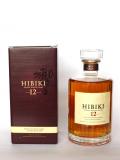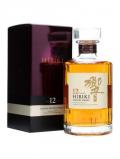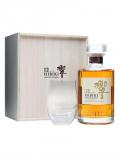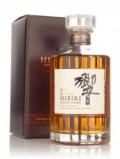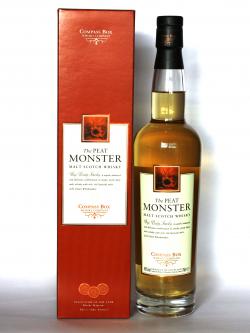

Japan started creating whisky just around 1870 but since then they have produced some of the best single malts whiskies. The secret? Extreme care for details

Help Japan! Please donate to your local branch of the
Red Cross
Japanese whisky was first commercialized by Yamazaki in 1924. At first Japanese struggle to create the most similar whisky possible to Scottish whisky but they have now discovered that their own style, similar to Speyside whiskies, of whisky is incredible good.
Suntory and Nikka
Japan whisky is dominated by two giant brands: Nikka and Suntory.
Suntory
 Shinjiro Torii was a pharmaceutical wholesaler and founder of Kotobukiya. He imported western liquor and created a brand called Akadana Port Wine which made him a successful merchant.
Shinjiro Torii was a pharmaceutical wholesaler and founder of Kotobukiya. He imported western liquor and created a brand called Akadana Port Wine which made him a successful merchant.
He embarked in a new venture: making Japanese whisky for japanese people. Despite the opposition of the company executives, Torii decided to build the first distillery in Yamazaki, a suburb of Kyoto, an area famous for its waters.
Torii hided Masataka Taketsuru as distillery executive. Taketsuru had been studying the art of distilling whisky in Scotland and brought this knowledge back to Japan. He played a central role in helping Torii establish Yamazaki.
In 1929, Suntory introduced Suntory Shirofuda (Japanese for “white label”), Japan’s first genuine domestically produced whisky. Kakubin (“square bottle”), a premium Japanese whisky, was born in 1937.
With the introduction of Hakushu in 1973, Suntory developed an several varieties of malt whiskies and brought to market such products as Yamazaki single malt whisky, Hakushu and Hibiki blended whisky.
Nikka
 In 1934 Taketsuru left Yamazaki to create his own company: Dainippon Kaju which would later change its name to Nikka. He decided to establish the Yoichi distillery in Hokkaido.
In 1934 Taketsuru left Yamazaki to create his own company: Dainippon Kaju which would later change its name to Nikka. He decided to establish the Yoichi distillery in Hokkaido.
Yoichi produces rich, peaty and masculine malt. The whisky gets its distinct aroma and body from direct heating distillation, in which the pot stills are heated with finely powdered natural coal -the traditional method that is hardly ever used today, even in Scotland.
The Miyagikyo Distillery is also in northern Japan, in Sendai, Miyagi Prefecture, northern Honshu. Traveling in the area one day, Masataka came upon this site completely enclosed by mountains and sandwiched between two rivers. He immediately knew that this was the perfect site for whisky distilling. Sendai’s fresh water, suitable humidity and crisp air produce soft and mild malt.
Most relevant distilleries
There are nowdays ten whisky distilleries in Japan, most relevant here in Western world are:
Suntory Yamazaki
Located in Shimamoto, Osaka, owned by Suntory. It was opened in 1923 and was Japan’s first whisky distillery.
Suntory Hakushu
 Suntory built another distillery in Hakushu at the foot of Mt. Kaikomagatake in the Southern Japan Alps.
Suntory built another distillery in Hakushu at the foot of Mt. Kaikomagatake in the Southern Japan Alps.
Nikka Yoichi
About 50km west of Sapporo City in southern Hokkaido, which is the northernmost of Japan’s four principal islands.
Nikka Sendai or Miyagikyo
It is also in northern Japan, in Sendai, Miyagi Prefecture, northern Honshu.
Hanyu
In 1980, serious attempts to produce a Scotch Whisky-type product began and two pot stills were obtained. At the time, consumer demand was for blended whisky rather than single malt. Obviously since then there has been a worldwide shift towards single malts and in 1990 Chichibu whisky was launched, named after the place where the sake was originally produced. However, single malts require such a long maturation period that conditions were tough commercially.Ownership changed hands and the new management decided to get rid of the stocks of maturing malts and the distillation facilities.
Karuizawa
Karuizawa was actually a vineyard in 1955 when then-owner Daikoku-budoshu decided to enter a Japanese whisky industry still in its infancy, and base a distillery in the shadow of active volcano, Mount Asama. In 1962, it then merged with current owner, Mercian.
The distillery is tiny and the aim is traditional, small-scale production to create quality whiskies. Karuizawa uses 100% Golden Promise barley, wooden washbacks, small stills and sherry casks sourced from Spain.
Ichiro / Chichibu
Fortunately, a sake maker from northern Japan, Sasanokawa Shuzo, came to the rescue of Hanyu Distillery and agreed to take over the stocks and production facilities at this critical time. Subsequently Ichiro Akuto, the grandson of the founder of the Hanyu Distillery, established a new company called Venture Whisky to again produce single malt whisky.
Blended Japanese whisky
Until fairly recent, Japanese whisky market has been domestic. Blended Japanese whisky is produced in a different ways than Scotch blended whisky. While in Scotland different brands trade their whiskies stocks to create new profiles, in Japan each brand owns its own distilleries and their blended malts contains only whisky from their portfolio of distilleries, giving them a shorted palette to create blended whisky.
Japanese whisky from my collection
Nikka
Yoichi and Miyagikyo
Nikka blends
Suntory
Yamazaki, Hakushu and Hibiki
 Share your thoughts!
Share your thoughts! 



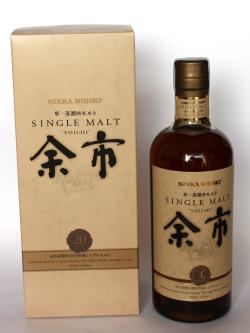
 Buy on Master of Malt for £198.75
Buy on Master of Malt for £198.75
 Buy on The Whisky Exchange for £205.00
Buy on The Whisky Exchange for £205.00
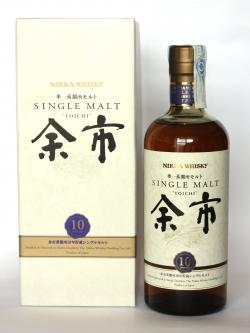
 Buy on The Whisky Barrel for £59.13
Buy on The Whisky Barrel for £59.13
 Buy on The Drink Shop for £59.64
Buy on The Drink Shop for £59.64
